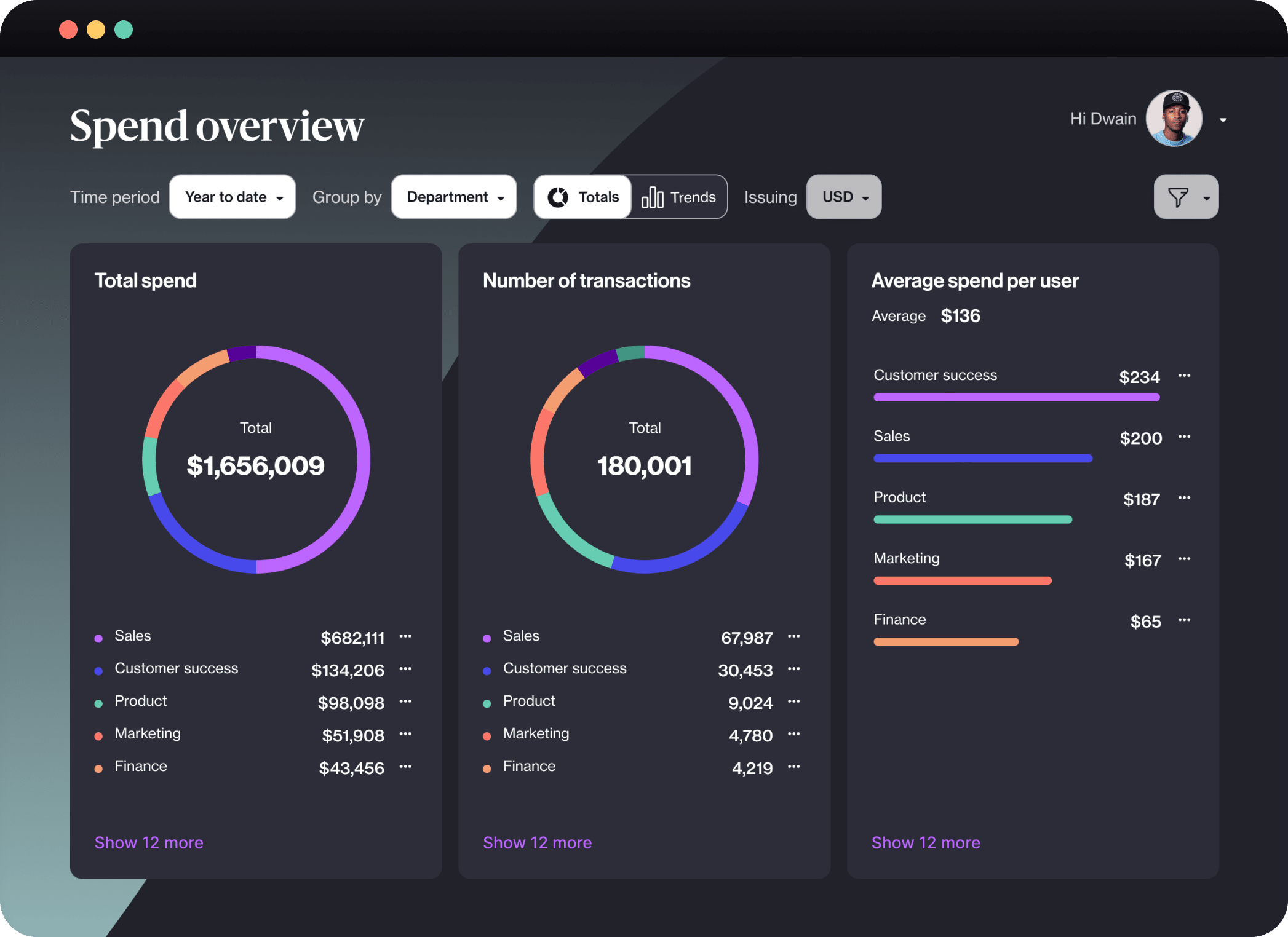Why Expense Managers Need Better Software than Excel

Searching for a smarter way to handle company spending? While many expense managers rely on Excel for its simplicity, there are more efficient and sophisticated tools available that can save time and improve accuracy.
This post will explore why upgrading from Excel spreadsheets to expense management software could be a game-changing decision.
Understanding the Limitations of Excel
Excel has long been a go-to tool for many business functions, including expense management. However, it comes with several drawbacks that can hinder efficiency:
- Manual Data Entry: Inputting expenses into Excel requires time and attention to detail. Human error could lead to discrepancies and inaccuracies.
- Complex Calculations: While Excel has powerful formulas, managing and maintaining complex calculations can become cumbersome as the business scales.
- Lack of Real-Time Insights: Excel doesn’t provide real-time data updates, which makes forecasting difficult and forces companies to make decisions based on outdated or incomplete information.
- Difficulty in Collaboration: Sharing and updating Excel files can be challenging, especially when multiple team members need access.
- Limited Integration: Excel often operates in isolation, as it lacks integration with other business systems such as accounting software or corporate credit cards.
Using Excel can be time-consuming for expense managers and employees handling expenses. Manual data entry, error-prone calculations, and cumbersome collaboration processes create additional work and inefficiencies.
However, transitioning to dedicated expense management software can significantly streamline these tasks, reduce errors, and improve overall productivity.
Case Study: This Company Saves 62 Hours Per Month
After The Penn Group of Companies, a real estate and construction firm, ditched its manual methods for streamlined software, the company saw:
- 8 hours saved per accountant
- 1.5 hours saved per expensing employee
- 62 hours saved total company-wide
Why Expense Management Software is Better
While the Excel spreadsheet may seem like a straightforward solution, modern expense management software offers several compelling advantages.
1. Automated Expense Tracking and Reporting
With advanced expense management software, you can automate expense reporting and tracking. Expenses are captured in real time, reducing manual data entry and minimizing errors.
2. Fast and Accurate Expense Coding
Unlike Excel, where manual entry can lead to errors and inconsistencies, modern software uses predefined rules and AI-driven algorithms to classify expenses correctly. This speeds up the coding process and reduces the likelihood of mistakes in financial records.
3. Integrated Systems
Today’s software solutions seamlessly integrate with common accounting systems, credit card providers, and travel management tools. These integrations help streamline processes and give the company consistent and accurate data.

Above: With software like Navan, businesses get an accurate picture of company-wide spend in real time.
4. Real-Time Reporting
Unlike Excel, expense management software automatically generates reports and updates financial information in real time, which improves planning and decision-making. With the most current data at your fingertips, delays and inaccuracies that can arise from outdated spreadsheets will be eliminated.
5. Enhanced Collaboration
Automated workflows simplify the approval process. This streamlined approach enhances transparency and provides valuable insights into spending patterns, helping managers make informed decisions and maintain control over budgets across departments.
6. Built-In Policy Controls
To reduce the risk of unauthorized spending, set up rules so that every expense complies with your organization’s expense policies. With built-in policy controls, you can easily monitor compliance, flag non-compliant expenses, and streamline approval processes — all without manual oversight.
7. Reduced Paperwork
Expense management software dramatically cuts down on paperwork by digitizing and even automating expense reporting. Unlike Excel, which involves manual entry and physical receipts, modern software solutions streamline the process with digital uploads and automated data capture. This reduces the clutter of physical documents and speeds up expense processing and approval, making your workflow more efficient and less prone to errors.
8. Minimized Risk
Excel spreadsheets are prone to human error, which can lead to incorrect financial data and compliance issues. Expense management software features built-in checks and automated reconciliations that validate data integrity and support policy adherence. This reduces the risk of financial discrepancies and leads to accurate and compliant expense management.
9. Simplified Processes
Excel can be cumbersome and time-consuming. Modern software provides a user-friendly interface for submitting and tracking expenses. Employees benefit from faster reimbursements, less paperwork, and easier compliance with company policies. This streamlined approach not only reduces frustration but also helps create a more positive and productive work environment.
10. Scalable Solutions
Unlike Excel, which can become unwieldy as your business grows, expense management software is designed to scale with your business, handling increasing volumes of data effortlessly.
What Expense Managers Say About Excel
Three people who previously managed expenses largely via Excel spreadsheets and upgraded to Navan share their experiences below.
Christell Valdivia, Accounts Payable Manager, Aircall
Pain Points:
- Manual reconciliation
- Lack of real-time data insights
- Difficulties with budgeting and forecasting
“The biggest pain point we faced was that none of the tools integrated with our accounting provider, NetSuite.”
- Christelle Valdivia, Accounts Payable Manager, Aircall
Robert Oden Jr., Staff Accountant, The Penn Group of Companies
Pain Points:
- Time-consuming monthly close
- Manual, labor-intensive processes
- Lack of visibility
“Navan saves me an immense amount of time. During our first monthly close, I pulled the data from Navan and uploaded it to our ERP in less time than it used to take me to distribute everybody’s statement.”
- Robert Oden Jr., Staff Accountant, The Penn Group of Companies, The Penn Group of Companies
Vinay Shiriwastaw, Chief Commercial Officer, DisputeHelp
Pain Points:
- Manual, labor-intensive processes
- Lack of expense visibility
- Lack of policy control
“Having the business credit card connected, and the fact that all expenses are ported in for visibility — we take the burden off the associate to enter and record that expense.”
- Vinay Shiriwastaw, Chief Commercial Officer, DisputeHelp
Ready to Make the Switch?
Switching from Excel to a dedicated expense management tool can make a world of difference in efficiency and accuracy. Don't let outdated methods hold you back — embrace a smarter way to manage your expenses and take your business to the next level.
If you’re tired of the limitations of Excel and are ready to experience a more streamlined approach to expense management, it’s time to explore Navan.
Schedule a demo and see how our expense management software can transform the way your business handles expenses.
This content is for informational purposes only. It doesn't necessarily reflect the views of Navan and should not be construed as legal, tax, benefits, financial, accounting, or other advice. If you need specific advice for your business, please consult with an expert, as rules and regulations change regularly.
More content you might like
Take Travel and Expense Further with Navan
Move faster, stay compliant, and save smarter.
